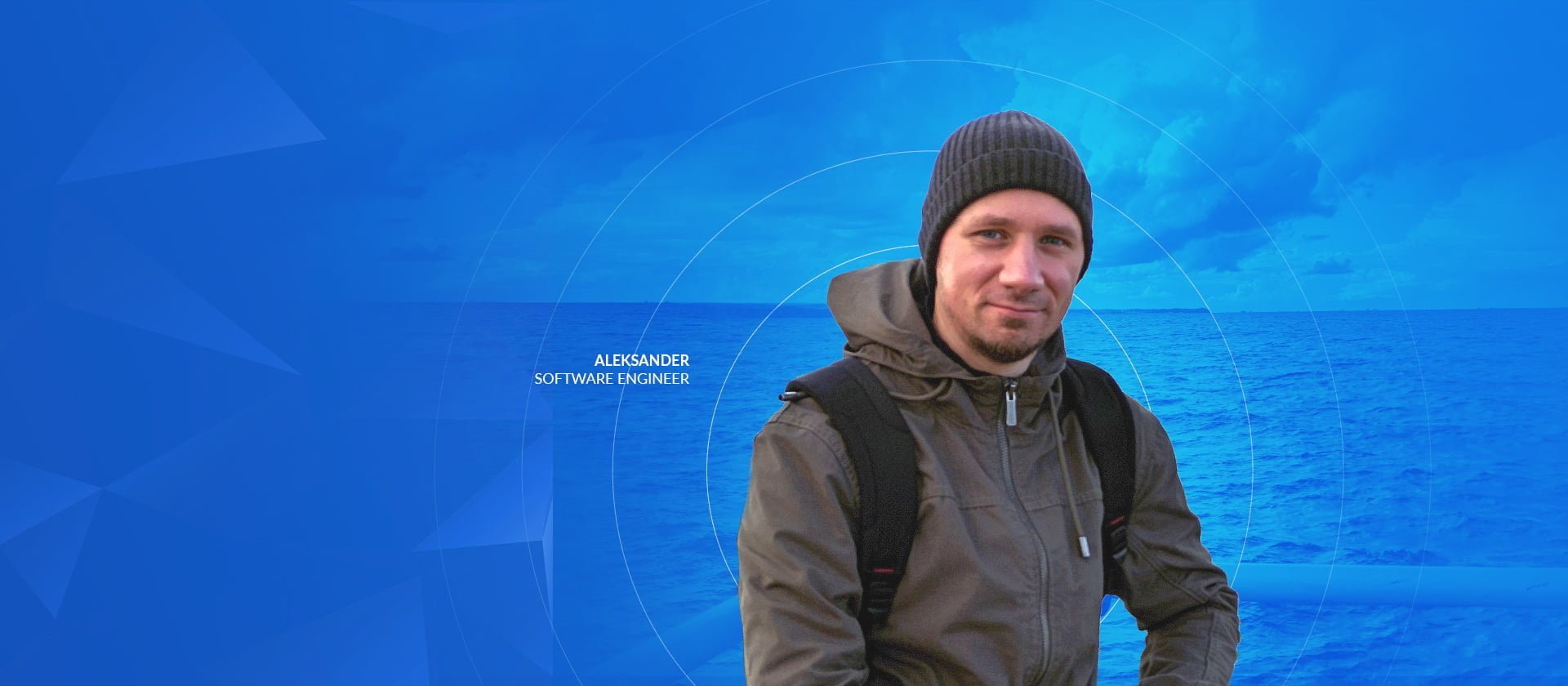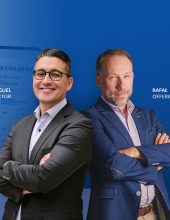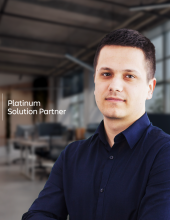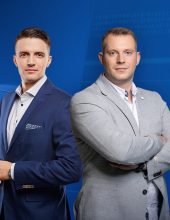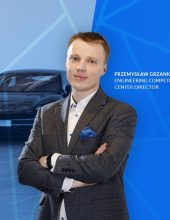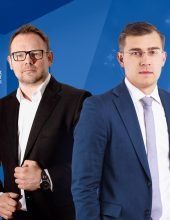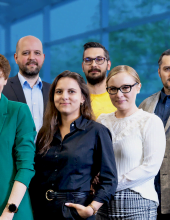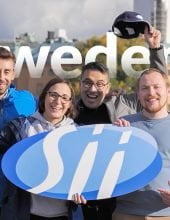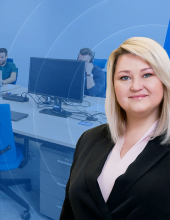Sii Balloon conquered the stratosphere! Find out about Aleks’ project, funded by Passion Sponsorship Program
For engineers from Sii Poland “sky is not the limit anymore”! Aleks, Software Engineer from the Embedded Competence Center, working in Białystok Branch, came up with the idea to conduct an unusual experiment with the help of Passion Sponsorship Program! He came up with the idea, designed and built a special cargo box attached to a balloon, which he released into the sky. Aleksander tells us more about the idea, which ended in a grand finale and full success in July.
Passion Sponsorship Program – apart from sports or cultural projects – also includes technology endeavours. The idea of sending a balloon into space with a specialised cargo came into play for the first time ever.
Don’t overdo it with space! I would like to remind you that it is difficult to reach space by balloon, because there is no air out there. The proposal concerned the design, construction and launch of a stratospheric balloon with a load that contained various sensors, shortwave transmitters and a camera. And it worked – I got a grant from the Program. For more than 2 months I was working out the details and in July the balloon flew to an altitude of over 24,000 m.
How do you know it was so high?
The balloon was tracked from the ground by radio communication. It was equipped with a GPS receiver, thermometers and a pressure sensor, and it also had a built-in camera that recorded the entire flight from launch to the moment the balloon burst and the beginning of its fall. Thanks to all these sensors, we were able to find it after landing, and we also know that it rose to over 24 km, and at the coldest moment of flight, the thermometer indicated -55 °C.
What exactly were the preparations?
First of all, I had to construct a mechanical part (physical part), which consisted of the balloon itself, which allowed the load to fly, and a parachute, which allowed it to fall safely after the burst. Plus a whole box of cargo, various ropes and heaters. The second part of the project is technology: embedded application, all microcontrollers, radio transmitters and receivers, sensors and power supply elements. All this had to be selected, purchased and put into one system. Thirdly, also purely organizational matters related to safety: the flight was reported to Polish Air Navigation Agency and we received consent for it.
Were there other people involved in the project?
I presented it to the employees of Białystok branch of Sii – it attracted a lot of interest. I worked with my 9 year old daughter to assemble the load and write embedded apps, which helped me a lot. We worked on radio communication together with Piotr Parfeniuk, an engineer from the same Competence Center, whom I met on the occasion of this project. Privately, Piotr is interested in radio systems – under his radio symbol, the balloon was transmitting signals. He also supported me in the process of tracking the balloon: he constantly controlled the signal and informed me about the status of the balloon, thanks to which it was possible to quickly find a potential landing place.
The release of the balloon gathered over 15 people from the Branch, future employees and their families, because such an event is a great treat for both adults and children! Some actively helped in filling the balloon with helium and folding the load and the parachute into one working structure, which had to be done already on the spot, before the flight. Thanks to the joint action, the release of the Sii balloon was a success.
What was the biggest challenge for you in the project?
The biggest challenge was to become familiar with the new technologies and to create an effective system based on them. For me, radio systems (LoRa, RTTY) in embedded systems were a complete novelty. I deal with drones as a hobby, but balloons were a completely new industry for me, full of mysteries and curiosities. Technology was definitely the most difficult part of this project! And this aspect met my expectations, because I wanted to implement this project to just touch new technologies, to use them in a specific and unusual setting, which would be an extraordinary curiosity for me and other technology fans. And I think it worked: flying to such an altitude and seeing down from there is impressive! And of course, we have a lot of spectacular pictures from outer space, but this view is unique, because it comes from the camera that I put in the box myself and personally made an effort to get it there!
Congratulations on your success! Did you draw any conclusions and have any new ideas?
It was a very interesting project that combined different technologies. It could have been more elaborate: I could add more sensors and GSM connected to the cloud from the ground station, but I ran out of time. That is why I am planning”Sii to the sky 2″ project – I would like it not to be one big balloon, but a few smaller ones. I want balloons powered by photovoltaics and flown all over Europe!
You mention technology and embedded systems. Are your passions connected with your professional life?
In Sii Poland I work as a C Embedded programmer. I am currently working on a solution for sensors built in silicon. The design with the balloon was most “embedded-like”, based on ESP32 and RP4020 microcontrollers, used I2C, UART and 1-Wire interfaces and 2 types of radio communication: RTTY and LoRa. No knowledge ever goes to waste! These experiences will certainly pay off in the future, besides, they undoubtedly stimulate creativity, thinking, planning, and teaching organizational skills. And they allow for gaining new knowledge and skills as in my case – the radio systems.
If you want to pursue your passions and develop thanks to the support of Sii Poland, take a look at our job offers, join the team and participate in Passion Sponsorship Program!

